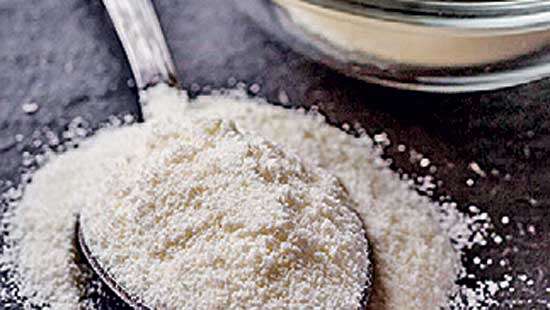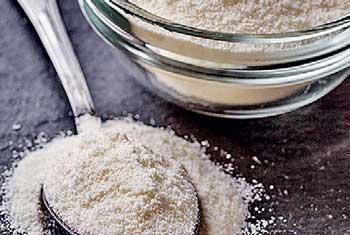Reply To:
Name - Reply Comment

Sri Lanka’s monthly milk powder consumption, which almost halved following the economic crisis, due to the price escalation, is witnessing a slight increase, a senior industry representative said.
The monthly milk powder consumption, which was about 7,000 MT pre-Covid, dropped to about 3,000 MT over the last three years, due to the price increases caused by the increase in the US dollar, an increase in global market milk prices and a hike in government taxes.
However, with the economic conditions slightly improving, over one million households have returned to the market, although the overall consumption remains lower than the pre-COVID levels, Maliban Group Chief Executive Officer Ravi Jayawardena said. He shared his views while addressing a panel discussion hosted by Capital Alliance Limited, which delved into the current trends in consumer spending and post-crisis outlook in Sri Lanka.
According to Jayawardena, it would take a minimum of two years for the domestic milk powder industry to bounce back to pre-Covid consumption, in terms of volume.
“We strongly feel that the bad period is over but progress is very slow,” said Jayawardena. Due to the macroeconomic factors contributing to the price increase, about 1.7 million households, out of a total of 5.6 million households, have stopped the consumption of milk and biscuits.He further noted that as the majority of the milk powder manufacturers are importers, the industry is highly US dollar-dependent, therefore has a direct impact from the dollar stabilisation on the prices, despite the global prices fluctuating between 15 and 20 percent.
Jayawardena stated that looking at the current situation, there is a reduction of Rs.150 per kilo of milk powder.
“This is clearly an indication that the prices are coming down but unfortunately, the global milk prices are going up. So, it’s a bit of a hybrid situation. But the prices going up from Rs.375 to Rs.1,200 plus, like what took place over the last two and a half years, will never happen again,” he said.